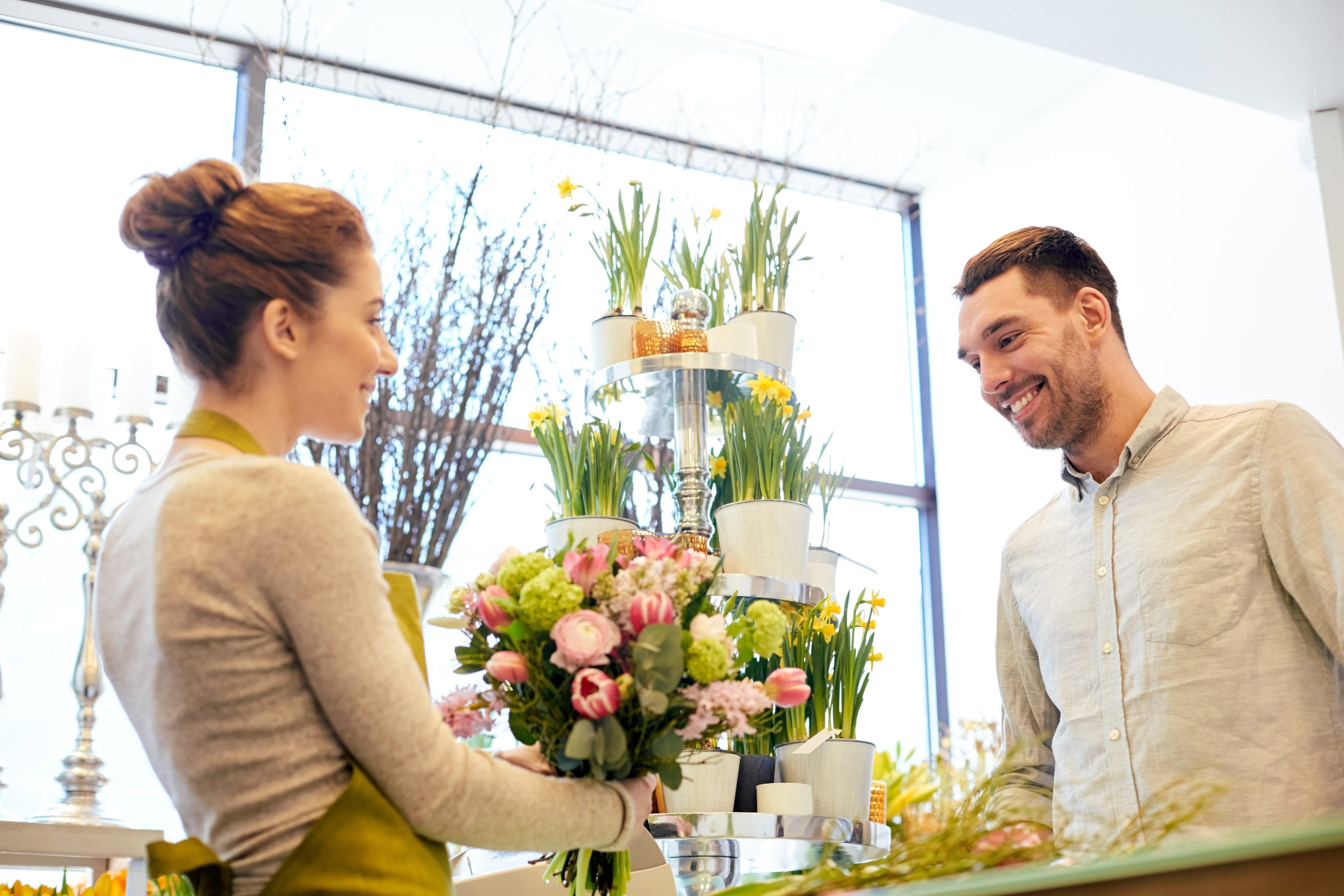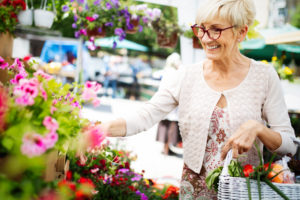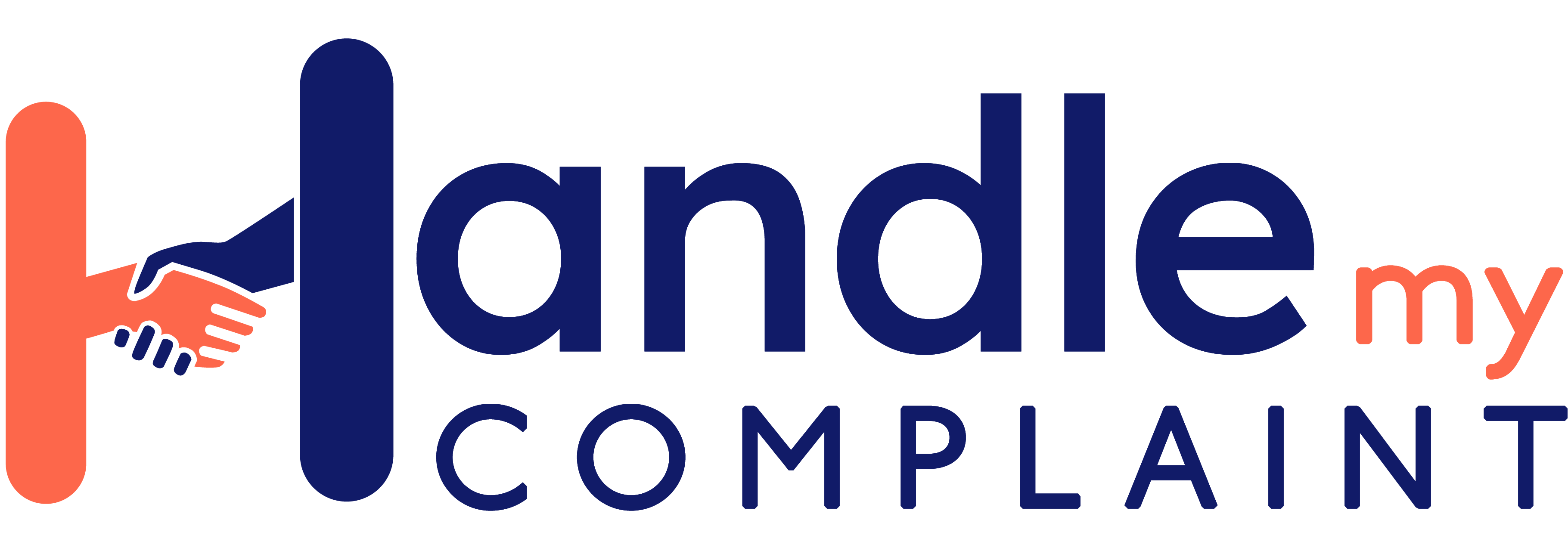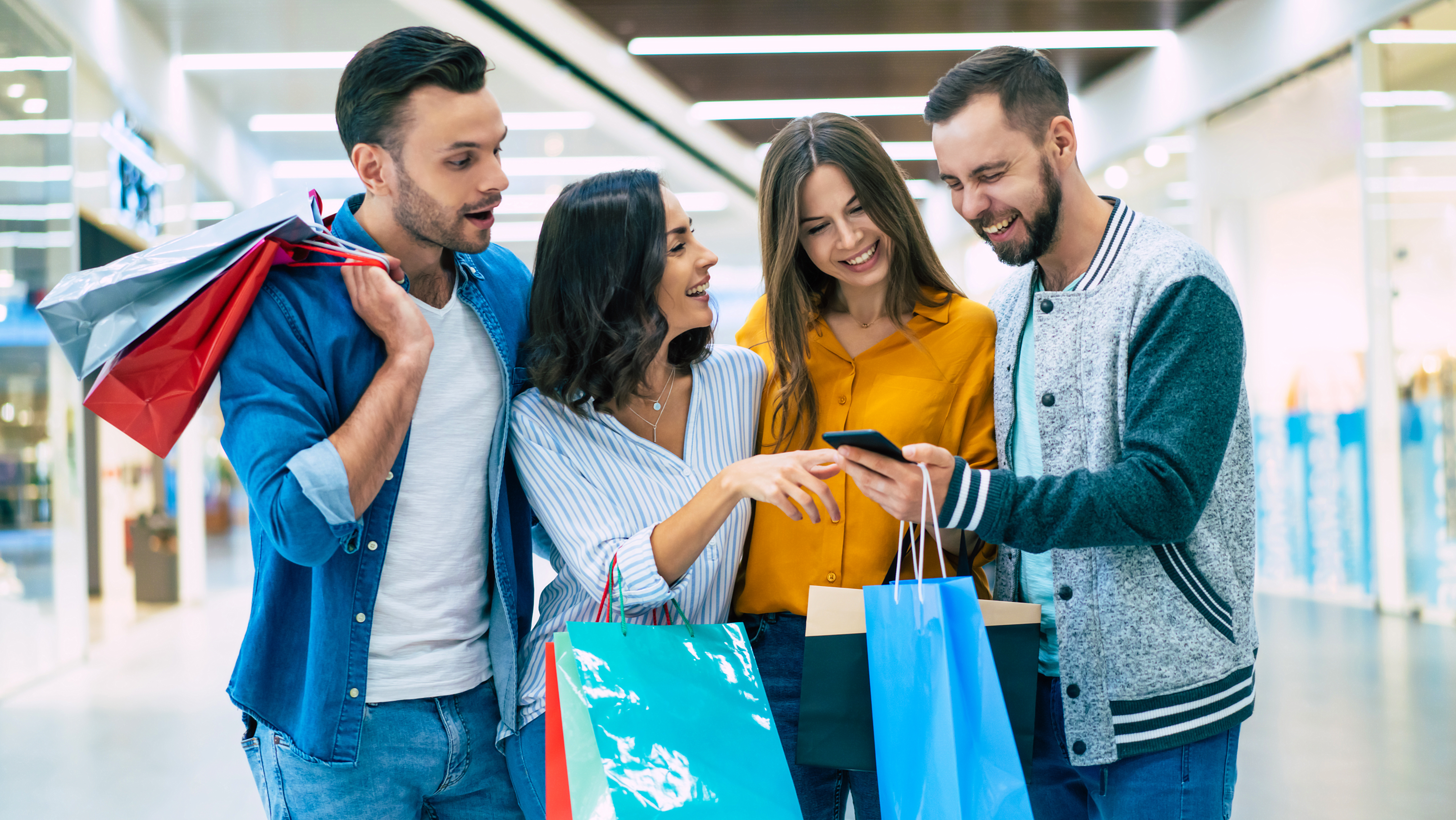
Flower power: Avoid some thorny issues this Valentine’s Day
What's your plan for Valentine's Day? Romantic dinner? Tick. Chocolates? Tick. A beautiful bouquet of roses for your Valentine? A big cross!
Flowers are the most popular Valentine's Day gift in Australia. A study published last year found Aussies would spend more than $110 million on flowers for their loved ones - or the ones they’d like to love. And why not? They're pretty, smell good, and are generally cheaper than jewellery and healthier than chocolates.
But while they look blooming lovely, there’s an ugly side to the flower industry. Behind the fragrant scent of roses in full bloom are toxic chemical fumes designed to keep flowers fresh and pretty, specifically the imported ones.
While it might be easy to pick up a cheap arrangement at the grocery store, if it’s imported from overseas, your choice is far from environmentally friendly — and is also having a huge impact on the local flower industry.
What’s wrong with imported flowers?

Flowers in our local supermarkets and florists have often been imported from other countries, mostly Kenya, Colombia and Ecuador, and flown in on planes. According to Australian floral specialists LVLY, 40 per cent of flowers sold here are imported. This is bad news for the environment for a few reasons:
-
- Flower production is often very water-intensive, using up precious resources in countries that often don't have enough water to go around.
- Many flowers are sprayed with pesticides and other chemicals to keep them looking fresh for the long journey. These toxins can leach into waterways and soil, harming local ecosystems.
- Flowers are heavy, so they take up a lot of space on planes. The more cargo these planes carry, the more fuel they use, which means more harmful emissions.
- Due to their sensitivity, flowers must be transported in refrigerated containers. This includes trucks that take them from farms, airports and shops, adding to fuel consumption and emissions.
- It's a biosecurity threat. Many pests and diseases that affect flowers can also damage crops, which could have a serious impact on our economy.
When we buy imported flowers, we're not only adding to these negative impacts, we’re taking business away from local florists. According to the NSW Flower Growers, the number of florists in NSW has dropped from 6000 in the 1990s to about 1800.
Why do we import flowers?
Australia is a huge producer of cut flowers, particularly carnations, roses and chrysanthemums. So why are we importing them?
Like most things, the main reason is cost. It's cheaper to import from overseas producers than it is for Aussies to grow flowers here. This is due to a number of factors, including the exchange rate, labour costs and access to resources such as water.
The other reason is that we're spoilt for choice. With such a diverse range of flowers available from other countries all year round, it's hard for local growers to compete with imports in terms of price and variety because some can’t grow in certain seasons.
What is the government policy on imported flowers?
The Federal Government has country of origin labelling for food, which became mandatory for all businesses on 1 July 2018. The labelling system is aimed at keeping consumers better informed about whether the food is grown, made, produced or packaged in Australia or another country.
Flowers, however, are not subject to such regulations. This is because the government doesn't consider flowers to be a 'good' that needs to be labelled. It's up to the individual florist or supermarket to decide where they buy their flowers from. There are flower bodies that are creating their own trademark to better protect local industry, but it’s not mandatory.
Besides the labelling, the government has introduced a guide on importing fresh cut flowers and foliage for commercial use. It covers everything from the types of flowers that are allowed to be imported to the paperwork businesses need to fill out.
Despite this, local producers are worried about possible biosecurity breaches. Some of them believe the imported blooms are biosecurity timebombs.
If you want to be part of the solution, rather than add to the woes of Australian flower growers, do your research to ensure you’re buying local.
How do I know I’m buying from a local florist online?
It’s not as simple as you might think. The Australian Competition and Consumer Commission (ACCC) said last year it was investigating the flower industry for possible widespread deception.
The consumer watchdog received complaints that online flower delivery services were giving the impression they were locally based when they were anything but.
These florists know that consumers are keen to spend locally so they set up different domain names that have a local description and number for potential customers to call. They also run ads targeting keyword searches with ‘local’ in them. For example, if you were looking for a florist in South Melbourne and typed in ‘local florist South Melbourne’, their name would pop up at the top, even though they are based miles away, if not in another state entirely.
So, to avoid being misled when ordering flowers online or over the phone, the consumer watchdog is urging us to ask florists where their flowers are grown. To be able to do this, you need to buy directly from florists instead of ‘order gatherers’.
The ACCC received complaints that Roses Only was using this tactic and was then training salespeople to avoid answering direct questions about where they were based by using lines such as ‘we deliver there all the time, what flowers did you have in mind?’.
If you’re not even sure if you’re buying from a local outlet, then how can ensure you’re buying Australian-grown blooms?
Here are some tips for buying flowers:
-
- Try to buy from verified local shops at local markets.
- If the business doesn’t have a local shopfront, chances are it’s not local.
- Don’t assume that ‘freshly cut’ means ‘freshly picked in Australia’. If you're not sure where the flowers have been grown, ask the florist or check the product label.
- If buying online, be diligent in your research, and beware of fake reviews.
- Avoid large flower companies, such as Interflora, if possible as it’s hard to know where you are buying from.
- Consider giving a living plant instead of flowers. They're not only a more sustainable option, you know they’ve been grown in Australia.
Why do flowers cost so much on Valentine’s Day?
You can expect to pay about double the price for flowers on Valentine’s Day. Florists typically increase prices between 100 and 150 percent during peak demand, such as the annual day for lovers.
If you feel like you’re being ripped off, it’s not entirely the case. The markup is both due to the increased demand and the higher cost of materials such as bouquet wrapping, decorative greens and chocolates or candies.

And not all flowers will set you back a bunch. Roses, lilies, and hydrangeas are among the most popular flowers, so they could be four or five times more expensive than usual.
It can be difficult to get a good sense of quality based on price alone. Many factors go into the pricing of flowers, including the bloom’s variety, its rarity, how long it takes to grow and harvest, and how labour-intensive it is to process. On Valentine’s Day, the demand also affects the bottom line.
Generally speaking, the more expensive flowers are those that are harder to grow or that have a short blooming period. So you're likely to get better quality flowers for your money if you choose something like an orchid or a rose over a daisy or sunflower.
So how can I avoid paying a fortune this Valentine’s Day?
To save money, break with tradition and surprise your Valentine before February 14 - if you order at least a week before the date, you’ll beat the price jump.
Generally speaking, the more expensive flowers are those that are harder to grow or that have a short blooming period. So you're likely to get better quality flowers for your money if you choose something like an orchid or a rose over a daisy or sunflower.
If your loved one doesn’t live too far away, give the bouquet in person. You’ll save on delivery fees and avoid the risk that the object of your affection won’t be home. Valentine's Day flowers wilting in the sun can quickly lose their romance.
When you give flowers in person, your Valentine really gets to stop and smell the roses (or the lilies, carnations or other blooms of choice) in their full glory and, importantly, you get to see their delighted reaction. Plus, there's no risk of the flowers getting lost in transit, or being delivered to the wrong address.
As always, if you encounter a problem with your blooming bunch, be it late delivery, poor quality or a misleading claim – such as passing off imported flowers as local - lodge your complaint with us.






